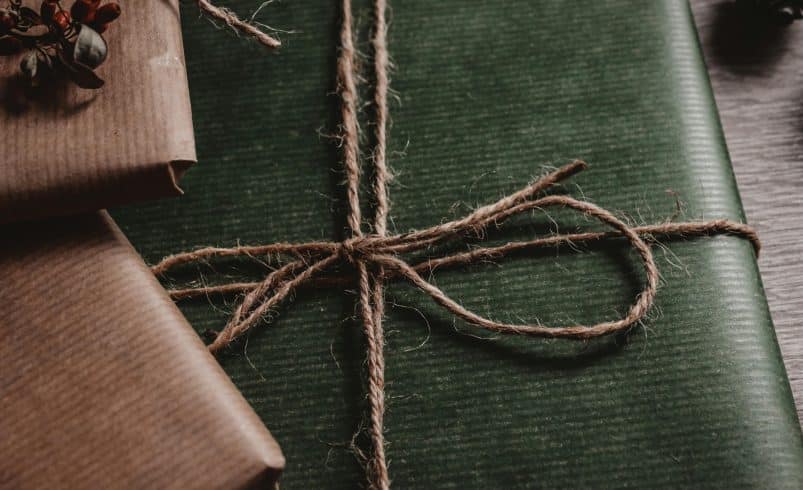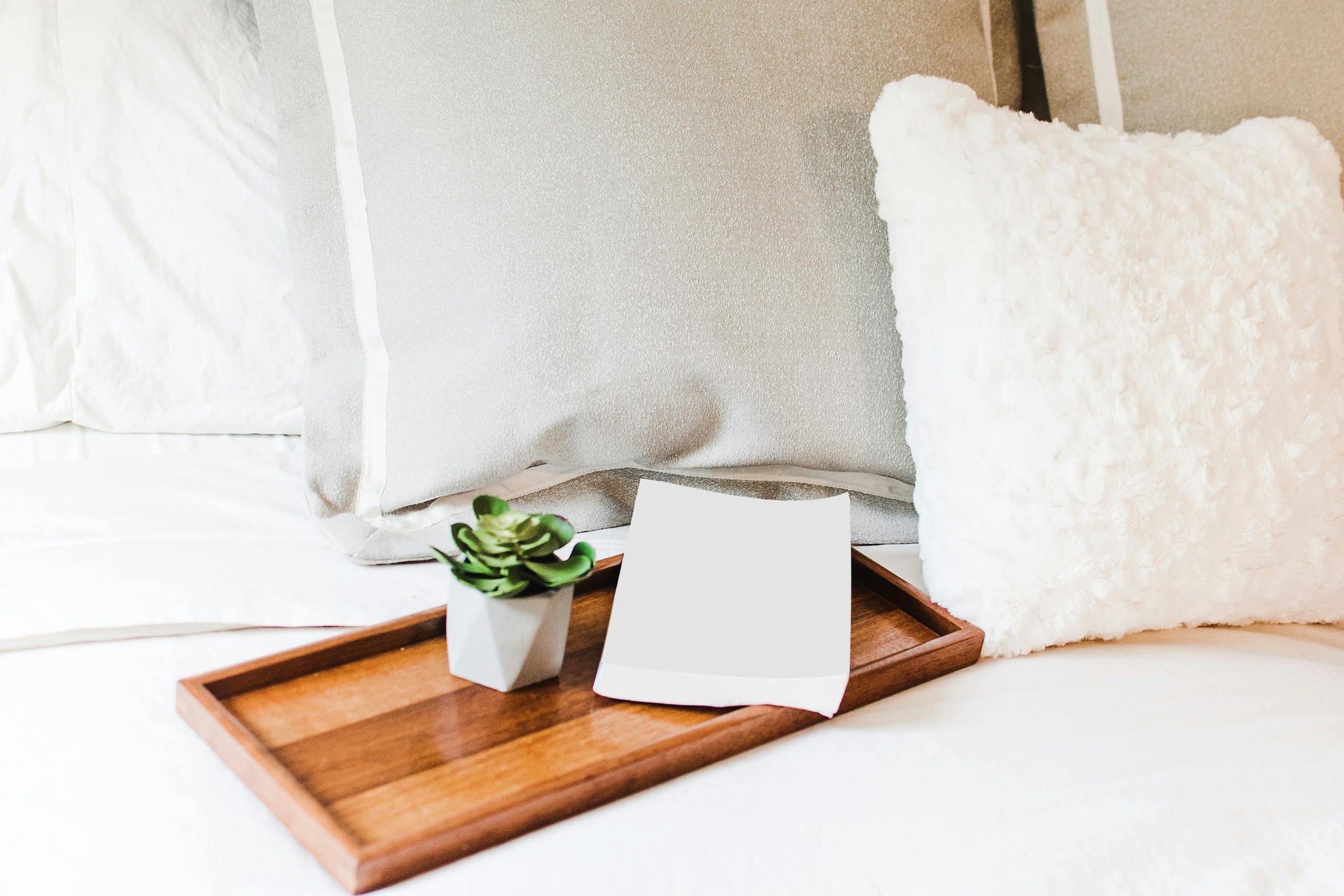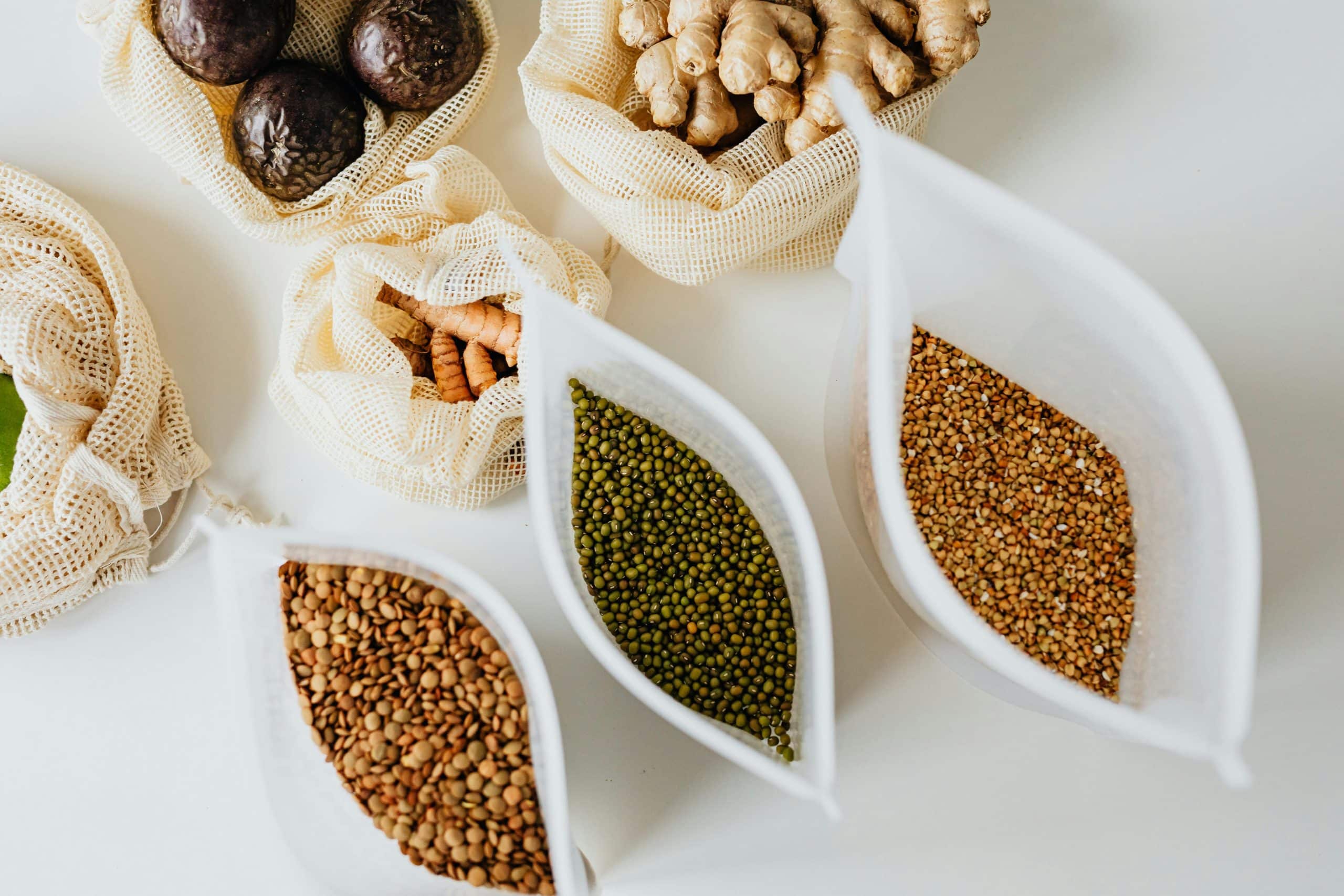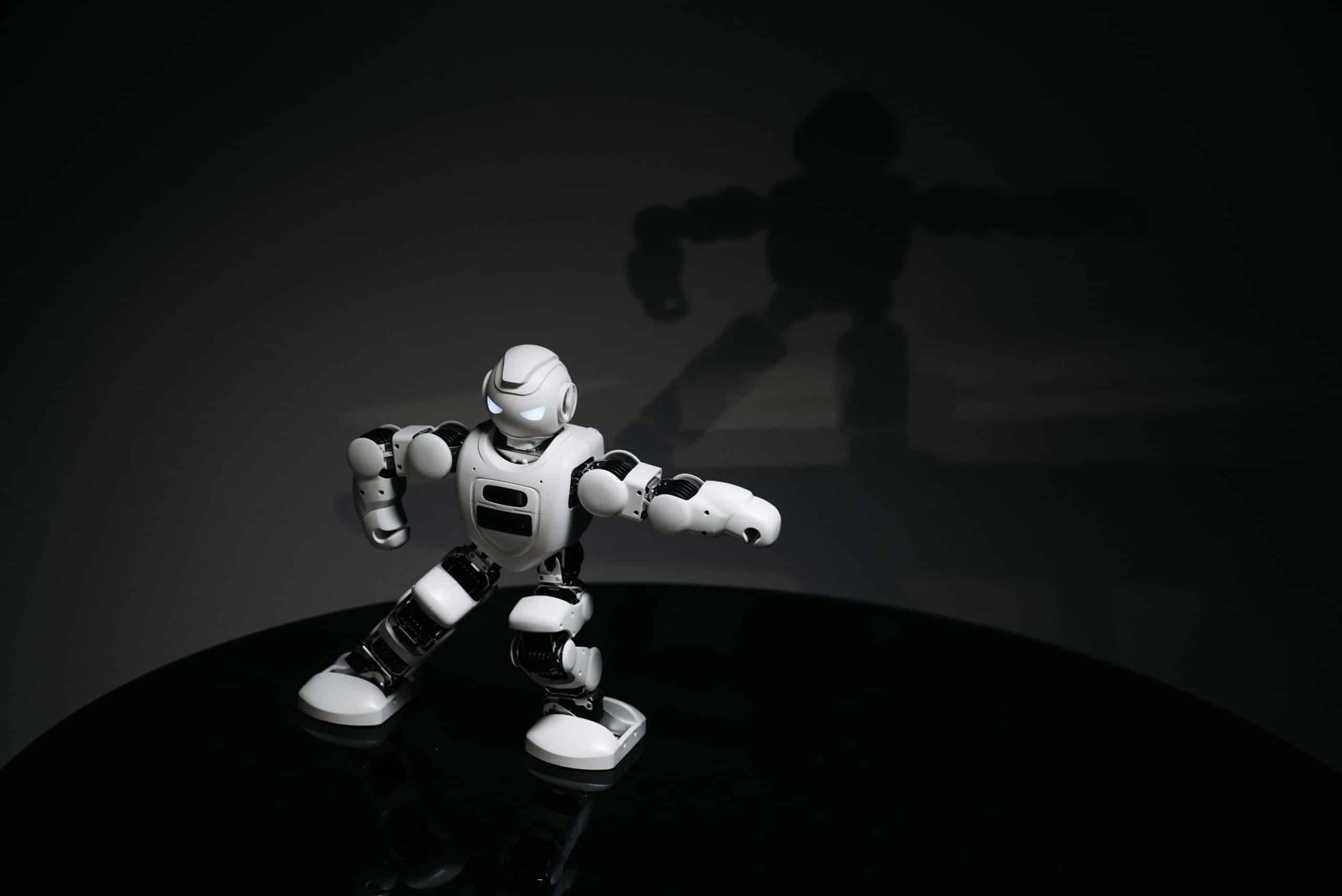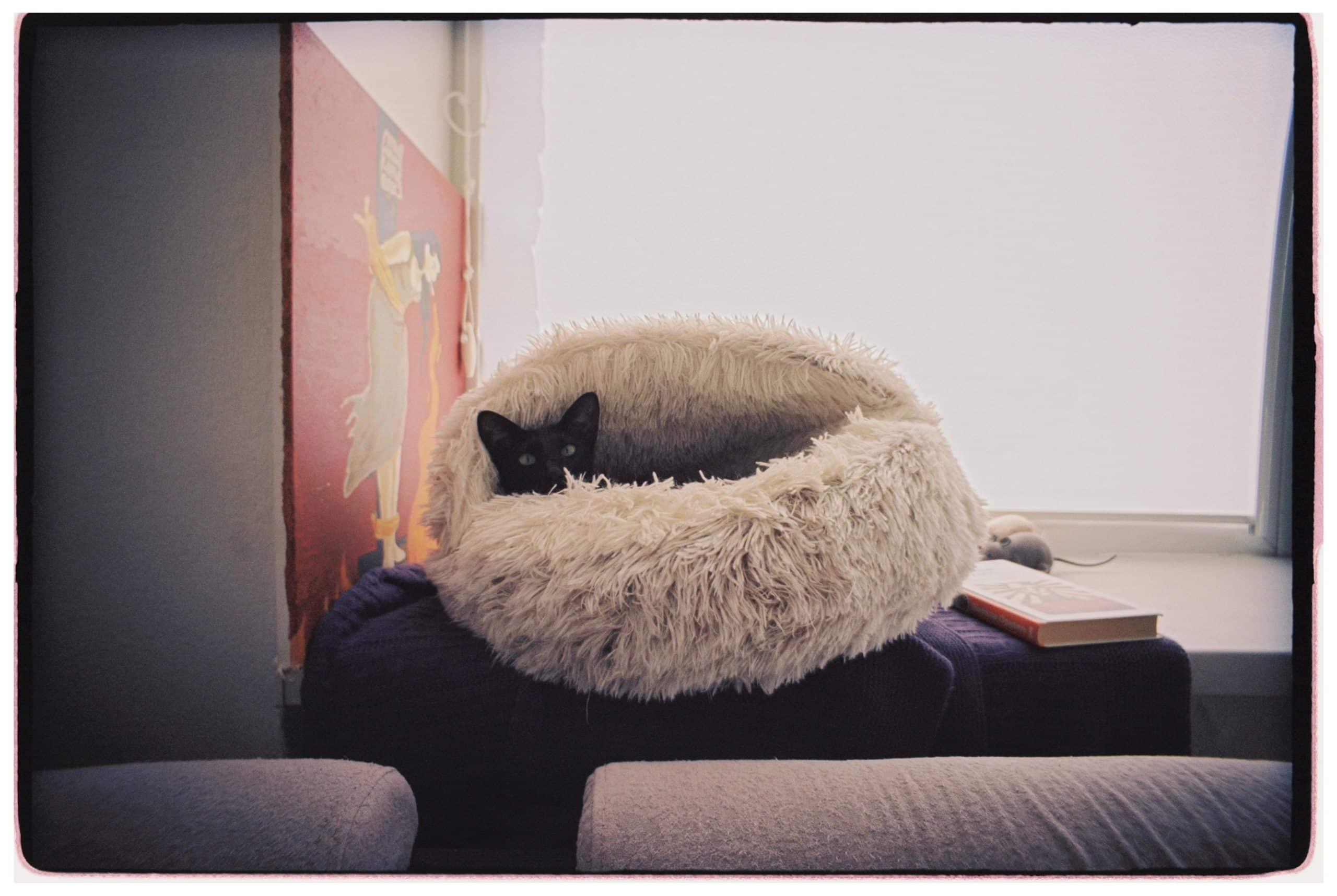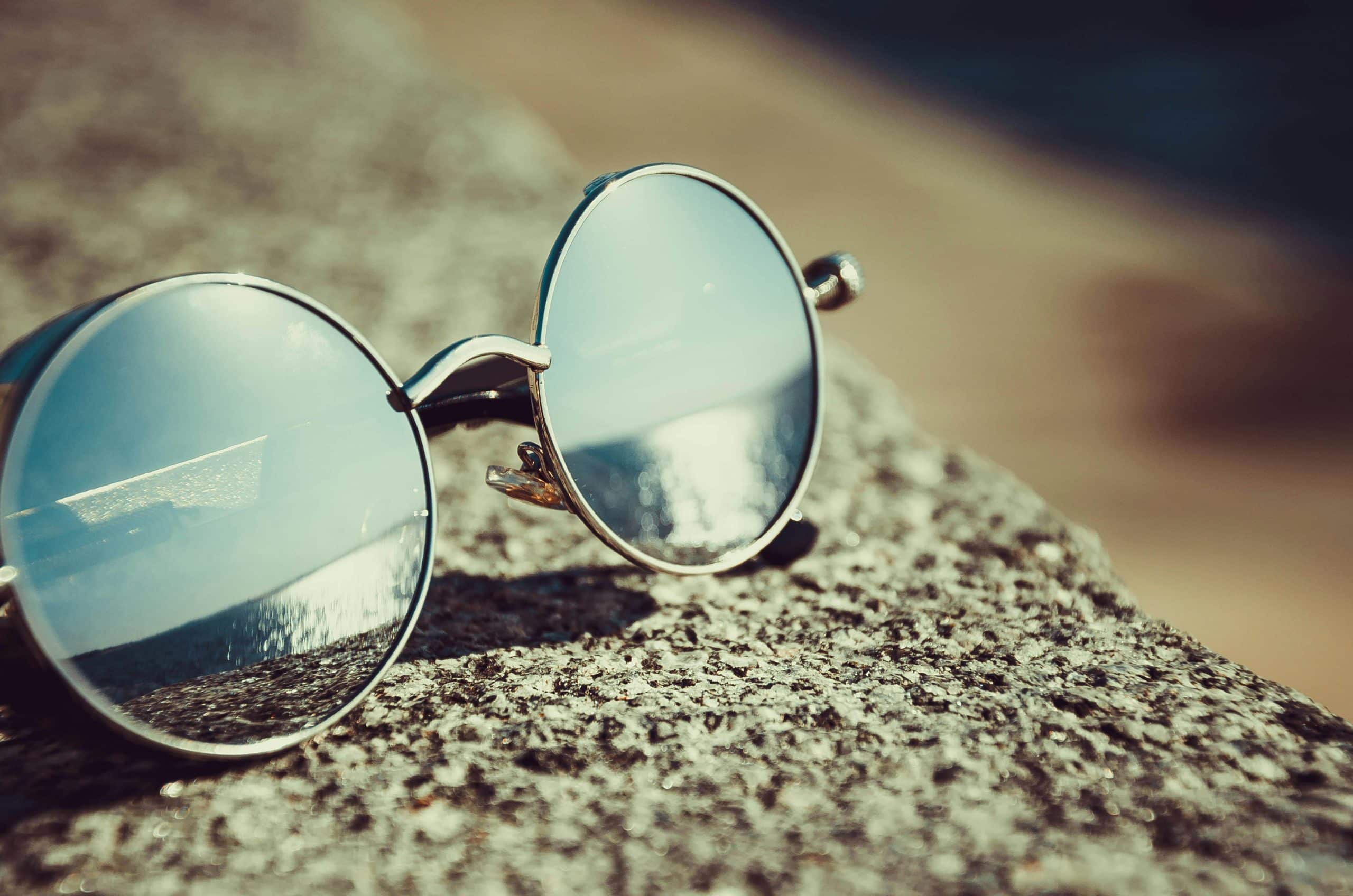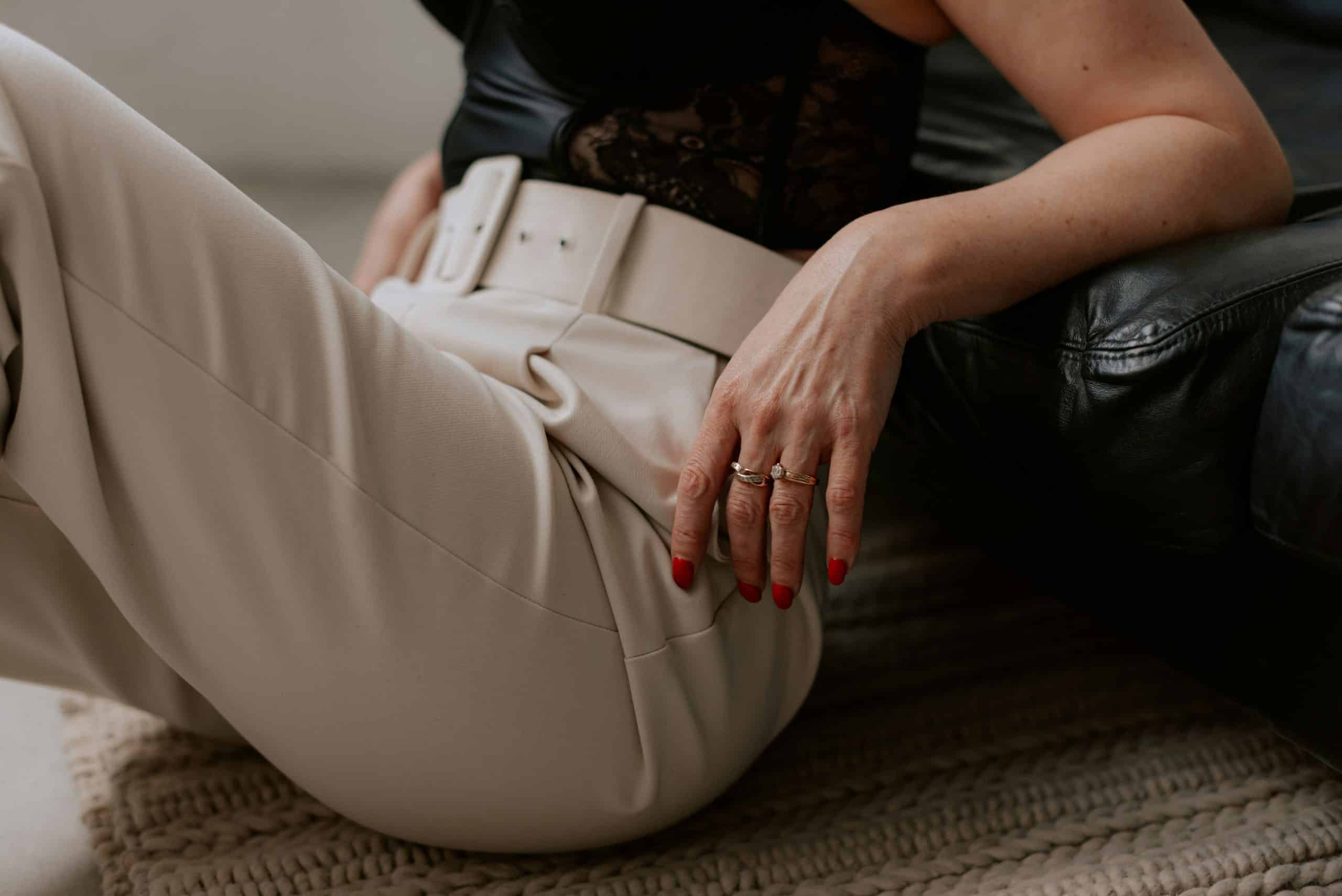Fashion trends come and go with dizzying speed, but certain garments stand the test of time. According to a recent sustainability study, the average person wears only 20% of their wardrobe regularly, while the remaining 80% collects dust. I’ve learned through years of styling that building a foundation of timeless pieces isn’t just stylish—it’s practical. “The most sustainable garment is the one you already own and wear repeatedly,” notes fashion historian Valerie Steele. These ten essential items form the backbone of a functional, versatile wardrobe that works across seasons, occasions, and passing trends. Ready to invest in pieces that will serve you for decades rather than months?
The Foundation of a Timeless Wardrobe
Fashion trends come and go with dizzying speed, but certain wardrobe pieces maintain their relevance decade after decade. These timeless items form the backbone of a sophisticated personal style that transcends seasonal changes and passing fads.
The secret to a timeless wardrobe begins with understanding quality. Superior materials and expert craftsmanship create garments that not only look better but also retain their shape, color, and integrity through years of wear. A well-constructed wool coat, for instance, may cost more initially but will provide warmth and style for a decade or more, while a poorly made alternative might last only a season or two.
This quality difference directly impacts the cost-per-wear calculation—a simple yet powerful concept. Dividing the purchase price by the number of times you’ll wear an item reveals its true value. A $300 blazer worn 200 times costs $1.50 per wear, while a $50 trendy jacket worn just 10 times costs $5 per wear. Quality pieces actually save money over time while providing greater satisfaction.
Versatility serves as another cornerstone of a timeless wardrobe. Each carefully selected piece should work harmoniously with multiple other items. This multiplicative effect means that with just 10 versatile pieces, you can create dozens of distinct outfits. Contrast this with trend-focused items that often pair with only one or two other pieces, limiting their utility.
Beyond personal benefits, choosing timeless pieces represents an environmentally conscious decision. Fast fashion accounts for approximately 10% of global carbon emissions and 20% of global wastewater. By investing in fewer, better pieces that last for years, consumers reduce their environmental footprint and counteract the disposable clothing culture that sends millions of tons of textiles to landfills annually.
The Perfect White Button-Down Shirt
The quintessential white button-down shirt serves as perhaps the most versatile item in any wardrobe. Its perfection lies in thoughtful details: fabric quality (100% cotton poplin or oxford cloth provides the ideal balance of structure and comfort), precision cutting (proper shoulder alignment and dart placement create a flattering silhouette), and construction elements like single-needle stitching and pattern matching at seams.
This wardrobe hero transitions effortlessly between contexts. For professional settings, tucked into tailored trousers with a structured blazer, it projects confidence and competence. For casual weekends, the same shirt looks relaxed yet polished with rolled sleeves, partially unbuttoned, paired with jeans. For evening, it transforms again when paired with a silk skirt or leather pants.
Finding the perfect fit requires attention to key areas. The shoulder seams should align precisely with your natural shoulder edge. The collar should accommodate two fingers comfortably when buttoned. Sleeves should end at the wrist bone when cuffed. For women, dart placement ensures the shirt skims rather than clings to curves. Men should verify that the shirt doesn’t pull at buttons when seated.
Maintaining a white shirt’s pristine appearance requires proper care. Pre-treat collar and cuff stains with gentle detergent before washing. Wash in cold water with similar colors and avoid bleach, which weakens fibers. Air-drying preserves fabric integrity, though a brief tumble dry followed by ironing while slightly damp achieves the crispest finish.
Quality white shirts exist across price points. Brooks Brothers and J.Crew offer excellent mid-range options ($80-150), while Thomas Pink and Anne Fontaine provide luxury alternatives ($200+). Budget-conscious shoppers might consider Uniqlo or Everlane ($30-60), which offer respectable quality at accessible prices.
Well-Fitted Dark Denim Jeans
Denim’s journey from workwear to wardrobe essential represents one of fashion’s most significant evolutions. From their origins in the 1870s as miners’ work pants to their current status as appropriate attire for all but the most formal occasions, dark denim jeans have proven their staying power.
Finding your ideal denim involves understanding cut and rise. Straight leg jeans provide versatility for most body types, while slim cuts suit leaner frames and wide-leg styles balance larger proportions. Rise—the distance from crotch seam to waistband—should be chosen based on your proportions and comfort. Mid-rise (9-11 inches) flatters most body types, while high-rise styles (11+ inches) elongate legs and provide waist definition.
The raw versus pre-washed decision significantly impacts your denim experience. Raw (unwashed) denim offers the purest experience—the fabric molds to your body over time, creating a completely personalized fit and unique wear patterns. However, it requires breaking in and careful washing. Pre-washed denim provides immediate comfort but sacrifices some character development potential.
Dark denim’s versatility allows it to transition between contexts with ease. Paired with a crisp button-down and blazer, dark jeans work for smart-casual offices. With a quality sweater, they create a polished weekend look. Even evening events become accessible when dark denim is paired with dressier elements like a silk blouse or refined footwear.
Proper denim care extends longevity significantly. Wash minimally—every 10+ wears unless visibly soiled—and always inside-out in cold water with specialized denim detergent. Avoid dryers, which break down elastic fibers and accelerate fading. Instead, reshape while damp and air dry, then steam rather than iron to remove wrinkles.
The Classic Blazer
The blazer stands as perhaps the most transformative garment in a timeless wardrobe, instantly elevating any outfit it accompanies. The structured versus unstructured decision affects its versatility. Structured blazers, with substantial shoulder padding and full canvas construction, project authority in professional settings. Unstructured alternatives, with minimal padding and softer construction, transition more easily to casual contexts and travel better.
Several key details determine a blazer’s versatility. Single-breasted styles with two buttons offer the most flexibility across contexts. Notch lapels maintain relevance across decades, while peak lapels make a stronger statement. Functioning button cuffs (surgeon’s cuffs) indicate quality tailoring, though they limit alteration potential. Center vents or side vents improve movement and seated comfort compared to ventless designs.
For maximum versatility, certain colors stand above others. Navy remains the gold standard—formal enough for business settings yet appropriate with jeans for casual situations. Charcoal gray offers similar flexibility with a more understated presence. For those with extensive wardrobes, a camel or olive blazer provides variety while maintaining versatility.
Seasonal fabric considerations extend a blazer’s utility throughout the year. Worsted wool (10-12 oz) serves as the most versatile option, appropriate for all but the most extreme temperatures. Tropical wool and wool/silk blends work better for warmer months, while flannel and heavier worsteds (14+ oz) provide warmth in winter. Linen and cotton options offer summer alternatives but wrinkle more readily.
Perfect fit remains essential to a blazer’s effectiveness. The shoulder seam should end precisely at your shoulder’s edge—no overhang or pinching. Sleeve length should reveal ¼ to ½ inch of shirt cuff. The blazer should button without strain, with the bottom button typically left undone. Length traditionally covers your seat, though modern cuts may be slightly shorter. When in doubt, investing in professional tailoring transforms an off-the-rack blazer into a custom-appearing garment.
The Little Black Dress
The Little Black Dress (LBD) has maintained its essential wardrobe status since Coco Chanel introduced it in 1926. Vogue famously called it “Chanel’s Ford”—as accessible and practical as Henry Ford’s Model T automobile. Nearly a century later, its position remains unchallenged because it combines simplicity, versatility, and elegance in a single garment.
Choosing the right silhouette depends on both body type and personal style. A-line shapes flatter most figures by defining the waist and skimming the hips. Sheath dresses showcase curves while maintaining sophistication. Fit-and-flare styles create waist definition for rectangular body types. Empire waists accommodate fuller busts, while wrap styles adjust to various proportions. The most versatile LBDs feature clean lines without overly trendy details that might date quickly.
The transformative power of the LBD emerges through accessorizing. For daytime professional settings, pair with structured blazers, modest heels, and minimal jewelry. For evening events, the same dress transforms with statement jewelry, evening sandals, and a clutch. Seasonal adaptations include tights and boots for winter or bare legs and lighter accessories for summer. This chameleon-like quality makes the LBD an unparalleled wardrobe investment.
Fabric choice significantly impacts wearability. Wool crepe provides structure and warmth for cooler months, while cotton blends offer breathability for warmer seasons. Jersey knits allow comfort and movement for everyday wear. For evening options, silk or wool gabardine offer elegant drape. The ideal foundational LBD features medium-weight fabric with some natural fiber content for breathability and a matte finish for maximum versatility.
Modern interpretations have expanded the LBD concept while maintaining its essence. Current versions might feature subtle asymmetry, thoughtful draping, or architectural elements that add interest while preserving versatility. Designers like Donna Karan, Theory, and MaxMara consistently offer sophisticated takes on this classic, while more accessible brands like COS and & Other Stories provide budget-friendly alternatives with clean design principles.
Quality Leather Footwear
Every timeless wardrobe requires several foundational leather shoe styles. For women, these include a leather pump with moderate heel height (2-3 inches), leather loafers or oxfords for professional casual settings, ankle boots for versatility across seasons, and refined leather flats. Men’s essentials include leather oxfords for formal occasions, derby shoes or loafers for business-casual settings, Chelsea or chukka boots for versatility, and minimalist leather sneakers for casual wear.
Superior construction distinguishes quality footwear from disposable alternatives. Goodyear welting or Blake stitching creates resoleable shoes that can last decades with proper care. Full-grain leather uppers develop character over time while maintaining structure. Leather soles offer elegance, while rubber-leather combinations provide practical versatility. Hand finishing, precisely aligned seams, and consistent stitching indicate attention to detail that translates to longevity.
A proper care routine dramatically extends the life of leather footwear. Clean shoes after each wear with a soft cloth to remove dust. Apply leather conditioner monthly to prevent drying and cracking. Use shoe trees (preferably cedar) to maintain shape and absorb moisture. Rotate pairs to allow 24-48 hours of rest between wearings. Apply polish appropriate to the leather type regularly, building thin layers rather than occasional thick applications. Protective rubber soles can be added to leather-soled shoes to increase longevity.
Knowing when to repair versus replace saves both money and beloved shoes. Quality leather uppers often outlast soles by years. Replace heels when wear exceeds 1/8 inch. Resole when the current sole wears through but before damage reaches the welt. Stretched leather can often be reshaped by a skilled cobbler. However, when the leather upper cracks significantly or the internal structure fails, replacement becomes necessary.
Investment brands with proven longevity include Allen Edmonds, Alden, and Crockett & Jones for men’s shoes, while Ferragamo, Stuart Weitzman, and Church’s offer women’s options with similar quality standards. These brands command premium prices ($300-800+) but provide decades of wear with proper care—making their cost-per-wear remarkably reasonable compared to cheaper alternatives requiring frequent replacement.
A Well-Constructed Coat
Outerwear makes a powerful style statement as the most visible element of winter attire. A quality coat often forms first impressions, making it worth careful consideration and appropriate investment. Beyond aesthetics, a well-constructed coat provides essential protection against elements while maintaining its elegant appearance for years.
Certain silhouettes have maintained their relevance for decades. The single-breasted trench coat, perfected by Burberry in the early 1900s, remains a versatile classic appropriate for both professional and casual settings. The wool overcoat in knee or mid-thigh length transitions effortlessly from suits to jeans. The peacoat offers a slightly more casual alternative with its nautical heritage. For women, the wrap coat creates an elegant silhouette while accommodating layering.
Material selection should reflect both climate needs and quality considerations. In cold climates, wool content should exceed 80% for adequate warmth, with cashmere blends offering additional softness without sacrificing durability. Camel hair provides exceptional warmth-to-weight ratio but requires more delicate care. In milder climates or transitional seasons, gabardine cotton (for trench coats) or lighter wool blends (10-12 oz) provide appropriate protection without overheating.
Tailoring elements signal quality and affect both appearance and function. Hand-sewn buttonholes resist fraying and maintain their shape. Full canvas construction (versus fused) allows the coat to mold to the wearer’s body over time. Set-in sleeves (versus raglan) provide a more refined silhouette for formal coats. Generous seam allowances enable future alterations. Well-designed shoulder construction balances structure with natural movement.
For maximum versatility, certain coat colors coordinate with virtually any wardrobe. Navy and camel serve as the most adaptable options, complementing both professional and casual attire. Charcoal gray provides similar versatility with a more urban aesthetic. Black coats offer formality but can appear harsh against some complexions and show wear more visibly. For secondary coats, burgundy or olive green provide personality while maintaining surprising versatility.
Versatile Knitwear
A thoughtfully curated knitwear collection provides both warmth and style versatility throughout the year. Essential styles include the crew neck sweater (offering layering potential over collared shirts), the turtleneck (creating a streamlined silhouette while maximizing warmth), and the cardigan (functioning as both sweater and light jacket). Additional styles like V-necks and quarter-zips expand outfit possibilities while maintaining timeless appeal.
Natural fibers dominate quality knitwear for good reason. Merino wool offers exceptional temperature regulation—warming in cold conditions while remaining breathable—and natural odor resistance. Cashmere provides unmatched softness but requires more delicate care and higher investment. Cotton knits work well for transitional seasons but lack wool’s insulating properties. Quality synthetic blends (with less than 20% synthetic content) can add durability and reduce cost while maintaining most natural benefits, whereas high-synthetic options sacrifice breathability and pill more readily.
Layering potential enhances knitwear versatility across seasons. Fine-gauge knits (typically merino) layer comfortably under blazers or jackets for professional settings. Mid-gauge options work well as standalone pieces in moderate temperatures or over shirts in cooler conditions. Heavy-gauge sweaters provide substantial warmth as outer layers in winter. A thoughtfully selected knitwear wardrobe provides options for temperatures from cool summer evenings to frigid winter days.
Proper care techniques dramatically extend knitwear lifespan. Hand-washing with specialty wool detergent preserves fiber integrity, though modern front-loading washers with wool cycles provide a reasonable alternative. Always dry flat on a towel to maintain shape, never hang wet knitwear which stretches fibers irreparably. Store folded with acid-free tissue in breathable containers, never hanging for extended periods. Address pilling—those small fiber balls that develop with friction—using a specialty fabric shaver rather than accepting premature replacement.
Building a coordinated knitwear collection multiplies outfit possibilities. Neutral colors (navy, gray, camel, cream) form the foundation, complementing virtually any wardrobe. These anchor pieces can then be supplemented with seasonally appropriate colors like burgundy, forest green, or rust that maintain compatibility with core wardrobe items. Quality knitwear in timeless styles becomes more personal with each wearing, developing character that mass-produced alternatives can never achieve.
A Quality Leather Bag
A superior leather bag serves both practical and aesthetic purposes in a timeless wardrobe. Certain styles have maintained their relevance for decades: the structured tote accommodates daily essentials including technology while maintaining a professional appearance; the crossbody provides hands-free convenience for casual settings; the satchel balances structure and softness for versatile use. For men, the briefcase has evolved to accommodate modern technology while maintaining professional polish, while the messenger bag offers a more casual alternative.
The quality difference between fine leather bags and their inferior counterparts begins with material selection. Full-grain leather—the highest quality—retains the hide’s natural grain pattern and develops a distinctive patina over years of use. Top-grain leather, with its uppermost layer sanded away and reapplied finish, offers good durability with less character development. Genuine leather (a misleading term) uses lower hide layers and requires more treatment to maintain appearance. Bonded leather and “vegan leather” (plastic) lack durability and aging potential entirely.
Hardware and construction details further distinguish quality bags. Solid brass or stainless steel hardware resists tarnishing and maintains structural integrity under stress. Reinforced stitching at stress points prevents premature failure. Thoughtful interior organization with secure compartments enhances functionality. Hand-stitched elements indicate craftsmanship commitment.
The Art of Curation
The true power of these ten timeless pieces lies not just in their individual merit but in how they work together. By thoughtfully selecting items that complement each other, you create a wardrobe that’s greater than the sum of its parts. Remember that timelessness doesn’t mean boring—these classics provide the perfect canvas for expressing your unique style through accessories, color choices, and how you combine them. Building this foundation might take time, but the reward is a lifetime of effortless elegance and the freedom from the constant churn of fast fashion.


